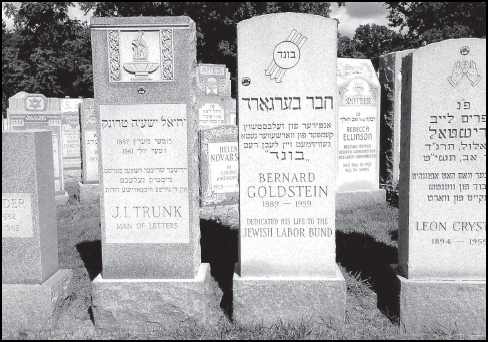CHAPTER 82
A Final Look at Our Youth
July 1939. The spectre of the Second World War was already menacing Poland. Amidst the general uneasiness and tension, Comrade Mikhl Merlin and his wife came on a visit from far-away America, from Atlanta, Georgia. Shloyme Mendlsohn, who was acquainted with them from the time of his mission to America in 1935, guided them around Warsaw. He showed them the Medem Sanitarium, our schools, our Grosser Library, the Party offices, and our trade unions. Now, prior to their departure, he wanted to show them something they would long remember. He led them to our youth camps, SKIF and Tsukunft, located in the neighborhood of Włocławek. For the last few years, since the intensification of the attacks on Jews, the camps had been relocated near one another so that, if it should become necessary, one camp could come to the aid of the other. Shloyme asked me to come along. Also accompanying us was Moyshe Kligsberg (in his role as “expert”).
We first went to the SKIF camp, where they gave Merlin a comradely reception. SKIF-ists with little red flags and in their full dress uniforms (blue shirts and blouses with red kerchiefs) were lined up along the forest road three or four kilometers before the camp. They greeted our auto with their little flags. Through such a highway of young heralds we arrived at the camp. At the edge of the wood, the camp leader welcomed us—Teacher Shifris from Grodno. (When the Bolsheviks occupied Grodno, they arrested him, since he was an active Bundist. They imprisoned him in a Soviet jail and killed him. His wife and daughter now live in America.)
Shifris mustered the SKIF-ists to attention around the camp flag. The SKIF hymn was sung and short speeches begun. Speaking were: Mendlsohn, Shifris, and, at the end, Merlin, the guest. He looked all around several times, at the canvas tents, at the tables and benches cobbled together from plain, unfinished boards, at the “kitchen” made of stones, at the “amphitheatre” around the campfire, at the tall mast of the red flag that waved among the green branches of the tall pine trees, and at the two columns of SKIF-ists, and he began:
“We in America also have ‘camps,’ better, more comfortable than yours. But what you have here, we don’t have”—and at this point he had tears in his eyes.
In the two columns of “anonymous” young SKIF-ists, arrayed around the flag, stood: Yurek Blones, Janek Bilak, Tobshe Davidovich … who could then have imagined that here stood before us the future heroes of the Warsaw Ghetto Uprising!
From there we drove over to the Tsukunft camp, located in a wood right by the shore of the Vistula. The director of the camp was at that time Yoylke Litewka, the secretary of the Warsaw Tsukunft organization (now with his family in Los Angeles). There we spent the rest of the day.
At dusk we drove home. None of us imagined that we had just seen for the last time the flower of our Jewish youth in Poland in its full loveliness and radiance …
A few days after that, the Polish government ordered us to liquidate both our camps. No reasons were given. But we knew that on the spot where the camps were located, military fortifications were to be built. With heavy hearts we lowered the flags, folded up the tents, and drove home.
A short time later, Hitler’s troops marched across the borders of Poland.
The Second World War had begun …

Figure 122. Author Bernard Goldstein’s grave in New York. It reads: “Comrade Bernard, leader of the self-defense militia, fighter in the Warsaw Ghetto Uprising, dedicated his life to the Bund. 1889–1959.” Photograph courtesy of Victor Gilinsky.